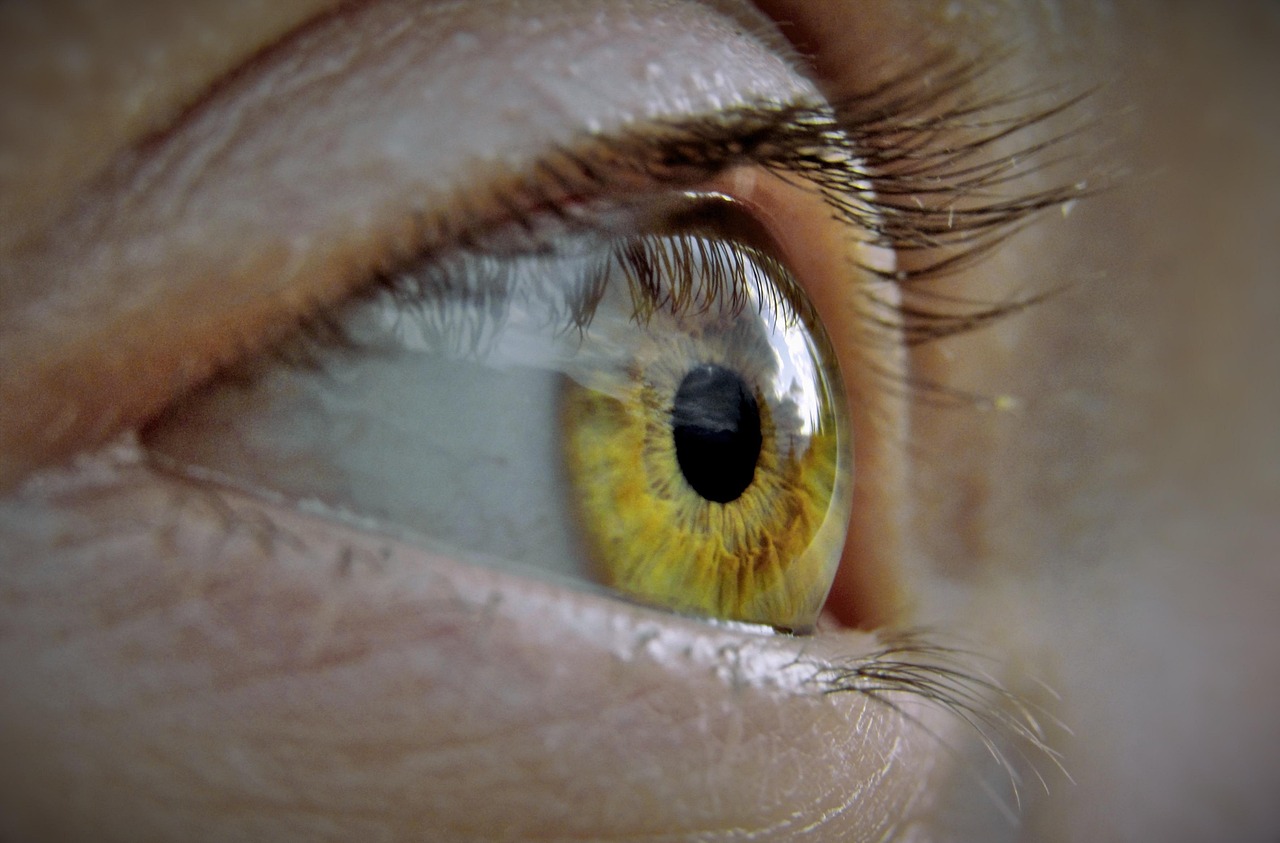Attachments
Note: Not all attachments are visible to the general public. Research URLs will go live after the embargo ends.

Research
JAMA, Web page
Please link to the article in online versions of your report (the URL will go live after the embargo ends).

Editorial / Opinion
JAMA, Web page
Please link to the article in online versions of your report (the URL will go live after the embargo ends).
Journal/
conference: JAMA Ophthalmology
conference: JAMA Ophthalmology
Research:Paper
Organisation/s:
Peking University People’s Hospital, China, Capital Medical University, China
Funder:
This study was supported by the
Capital’s Funds for Health Improvement and
Research (grant 2022-1G-4083) and the National
Natural Science Foundation of China (grant
82171092).



 International
International


